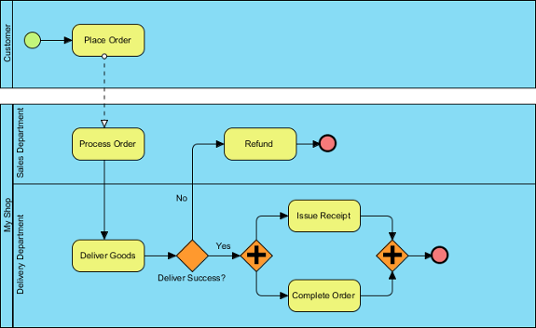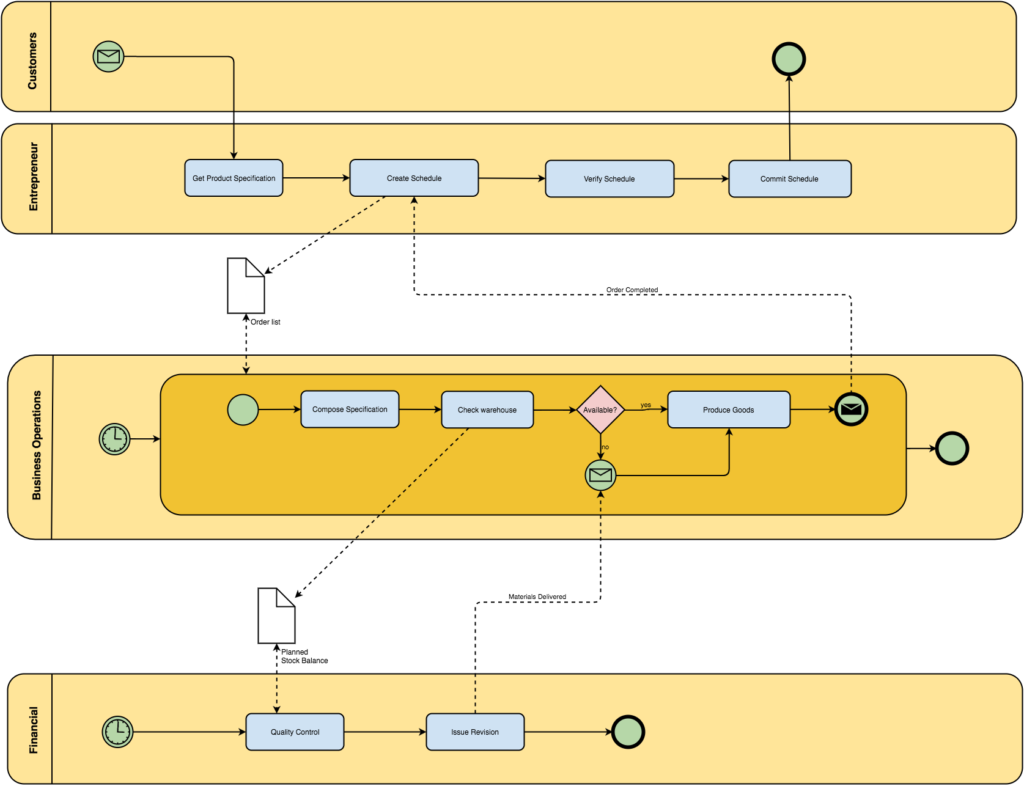When I look at the process of creating a new venture, I often see people forget some of the basic elements in the process of developing a business plan.
The first three steps are:
- Opportunity discovery,
- Business modelling
- Business planning
Opportunity Discovery
The best idea is the one which provides the best business opportunity. Therefore we are not looking for any idea but an idea which provides the best opportunity.
Therefore the process of ideation captures the current industry trends and the competitor in and around them. The technology innovation currently applied to this market and the outlook we see in terms of costs and market adoption trends.
The creative problem solving can not sit in isolation and needs to be surrounded by the context for it to be applied to create an outstanding value proposition later on.
Business Modelling
For most people this is filling out the Business Model Canvas, a tools which provides a powerful view of the business model. But again this is completed in isolation within a full understanding the ecosystem, actors and their behaviours.
The process of modelling is about understanding the relationship between the key actors within the ecosystem, it doesn’t matter if its designing a new road bridge, a tv or a new products. This dynamic relationship is so important in understanding the processes and metrics to be put in place to plan the business.
Business Planning
The core aspects of Business Planning are risk analysis, scenario planning and financial planning. Once these are done the rest, include product design, marketing strategy and operations are secondary.
All investors want to know you can manage this risk and act accordingly.
The process of developing a business plan are about understanding the dynamic relationship and how to mitigate the risks they pose to your business. Its not an exercise in writing or filling out the right amount of words in the right sections.
The process of developing a business plan is simple yet so many people get it wrong. Just remember to understand the dynamic nature of business and that your business startup will be connected with these and therefore needs to adjust to maintain a successful course through the early years.



